6 Vocabulary Tools for Building Deep Understanding of Word Meaning
June 11, 2024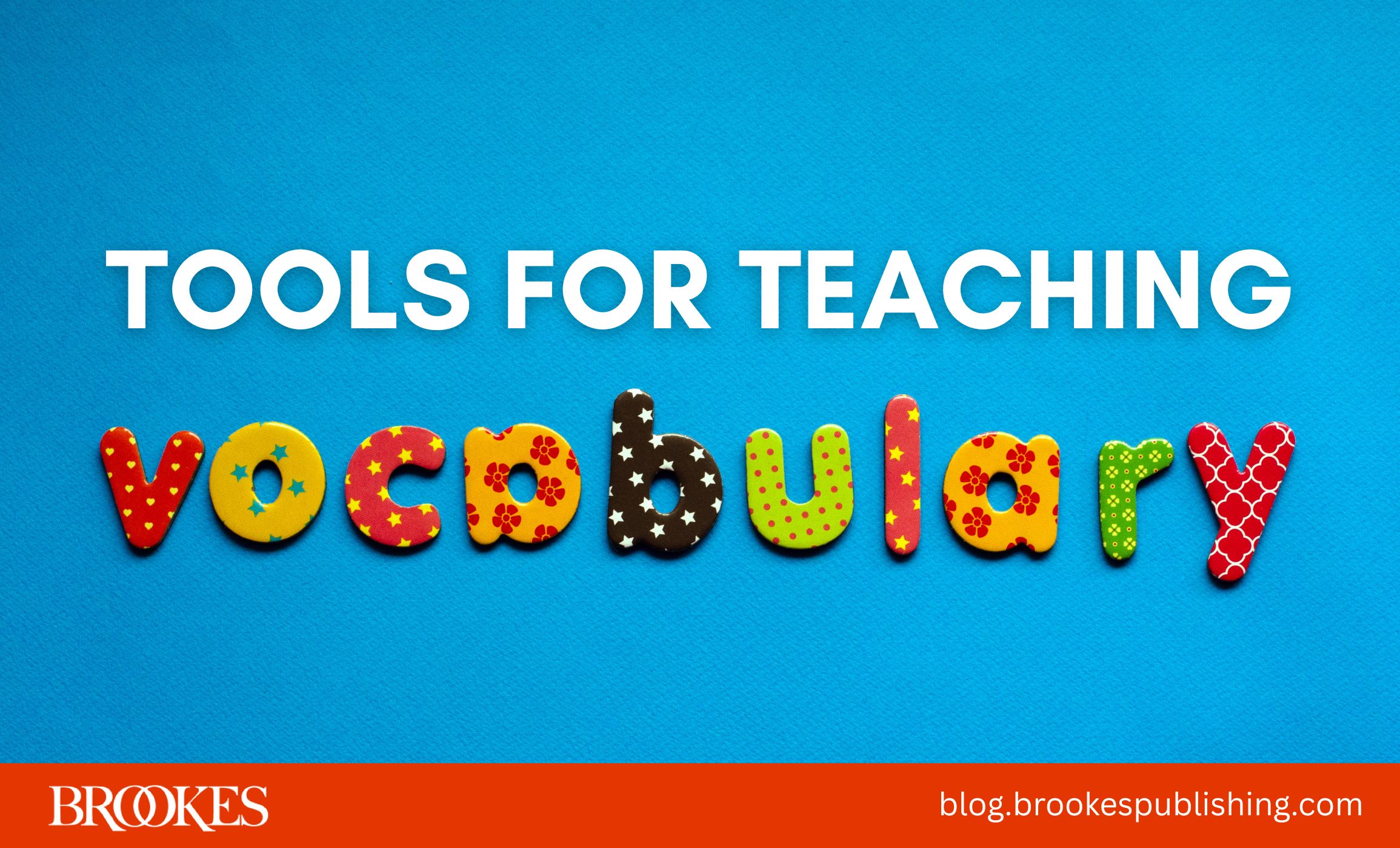
Today we’re excited to welcome two of our expert authors to the Brookes blog: Nancy Hennessy and Julia Salamone, co-authors of The Reading Comprehension Blueprint Activity Book. The companion to Hennessy’s bestseller The Reading Comprehension Blueprint, this new activity book is a practical field guide to intentional instruction that enhances reading comprehension skills for all learners. Nancy and Julia are here today to share some practical tips and tools for building a key component of comprehension: vocabulary.
***
Vocabulary, or knowledge of word meaning, is essential to making meaning of text for all students. Their informal day-to-day experiences with oral and written language help build vocabulary over time. Educators understand the importance of supporting these experiences, but recognize that their primary focus is explicit instruction of selected words necessary for learning from text. The goal for explicit instruction should be to develop the deeper knowledge of words necessary to comprehend and express understanding of text. This requires an understanding of word meaning that includes but also goes beyond definitional information such a word’s multiple meanings, role in a sentence, and connections to related words and concepts. In designing instruction, educators need to plan purposeful activities that give students multiple opportunities to acquire, deepen their understanding, and apply their knowledge of words.
Consider how the following five instructional tools can support the design and delivery of meaningful instruction. These tools can be adapted across grade levels to accomplish this goal.
Word Knowledge Surveys
Word Knowledge Surveys are excellent tools for informally assessing student word knowledge. These self-reporting measures help activate your students’ background knowledge and provide you with insight into which terms they know well and which ones they don’t. The prompts that guide student responses can be adapted to include student-friendly language for learners of all ages (shown here). With older learners, this activity can be converted into a survey or mini quiz via Google Forms. Reviewing student responses allows you to identify trends in your students’ word knowledge and can then be used to drive explicit instruction and maximize instructional time.
 Hennessy & Salamone, 2024
Hennessy & Salamone, 2024
Word Meaning Maps
Word meaning maps are excellent tools for developing definitional and contextual examples, aiding both your preparation and supporting student learning of various types of words, including nouns, verbs, and adjectives (Hennessy, 2020). Providing student friendly definitions and possible contexts for word use are key components of explicit vocabulary instruction.
For example, understanding the meaning of the word “bloomer” is necessary for your students to understand Leo the Late Bloomer by Robert Kraus. Consider how you might use the word map below to teach your students the meaning of this word. Since “bloomer” is a noun, you can start by asking yourself and modeling for students the response to the question: what is it? Well, a bloomer is something that blooms. Then, what features does a bloomer have? It grows or matures. Therefore, we can say a bloomer is something that grows or matures. You could also highlight the suffix -er, which often means “a person who…” In this case, Leo is a person (or tiger) who blooms after his peers, meaning he blooms later than the rest of his peers.
Providing examples of word use is also important. In this map, note the direct connection to the story but also to the night bloomer, a flower that blooms at night. This example is outside the parameters of the story but may be a familiar touchpoint for students. Similar maps can be created for other parts of speech.
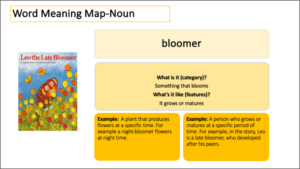 Hennessy & Salamone, 2024
Hennessy & Salamone, 2024
Pictures & Drawings
Visual representations, such as pictures and drawings, are another effective way for your students to assign meaning and deepen their understanding of words. Visuals can be used to support students’ definitional understanding, as they provide a concrete representation of what a word means, reinforcing understanding and retention.
Additionally, student-generated representations are an excellent way to help your learners show what they know while promoting their recognition and memory of the targeted word. These are particularly effective when working on passages that feature descriptive language. Students can create illustrations based on text passages that include targeted terms.
The example shown here is an activity for The Great Gatsby by F. Scott Fitzgerald that uses the Adobe Firefly web application. Students first read and sketch their own depiction of the term “desolate” from the passage describing the valley of ashes, then use this generative AI application to create an image featuring that same passage. They can compare the two illustrations and determine similarities and differences.
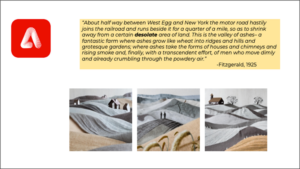 Hennessy & Salamone, 2024
Hennessy & Salamone, 2024
Word Walls
Vocabulary word walls can be used in multiple ways and are an excellent way to represent taught words throughout a novel study or unit. This resource can highlight words targeted for explicit instruction as well as those taught incidentally or through independent word-learning strategies. Your students can participate by adding words to the word wall, making it a collaborative class activity or an independent task they continually contribute to.
In the following example, Padlet creates a “traveling word wall.” High school students studying the Reconstruction Era use this application to collect and display illustrations of vocabulary connected to this period in U.S. history.
 Hennessy & Salamone, 2024
Hennessy & Salamone, 2024
Questions, Examples, & Relationships
The use of vocabulary in speaking and writing is considered the gold standard for vocabulary instruction. When your students can use taught words in their speech or writing, they are on the path to truly mastering them. That’s where the use of prompts that require the students to respond to questions, provide examples, and express relationships come into play. This activity can be utilized to support your students’ oral and written use of targeted vocabulary.
The following examples shown here support students as they orally express understanding of targeted words from Leo the Late Bloomer.
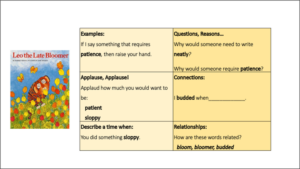 Hennessy & Salamone, 2024
Hennessy & Salamone, 2024
Sentence Stems
Sentence stem prompts build upon the use of questions, examples, and relationships and focus on both speaking and writing. The prompts highlighted & shown here connect to the young adult graphic novel Persepolis by Marjane Satrapi. These can be scaffolded as structured turn-and-talk activities or small group discussions, while others can be used in conjunction with writing. In addition to building a deeper understanding of word meaning, this tool also serves as a great way for your older learners to find and cite evidence from the text.
 Hennessy & Salamone, 2024
Hennessy & Salamone, 2024
All the tips and tools in today’s post represent varied ways to deepen understanding so that your students can apply their word knowledge for both comprehending and expressing understanding. Note that while examples are provided at different grade levels, each can be adapted based on what your students are reading.
Take a deeper dive into comprehension instruction with these books!

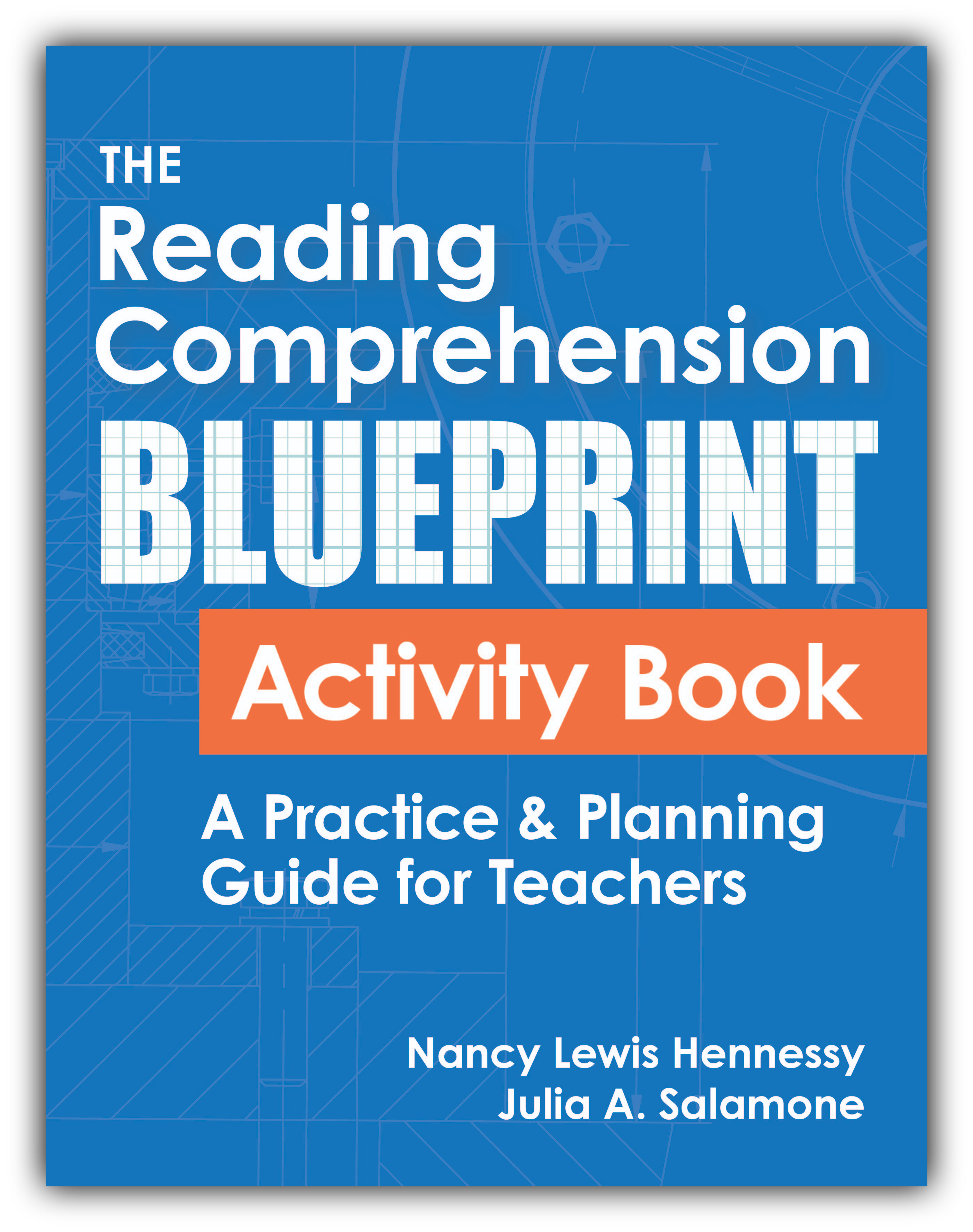
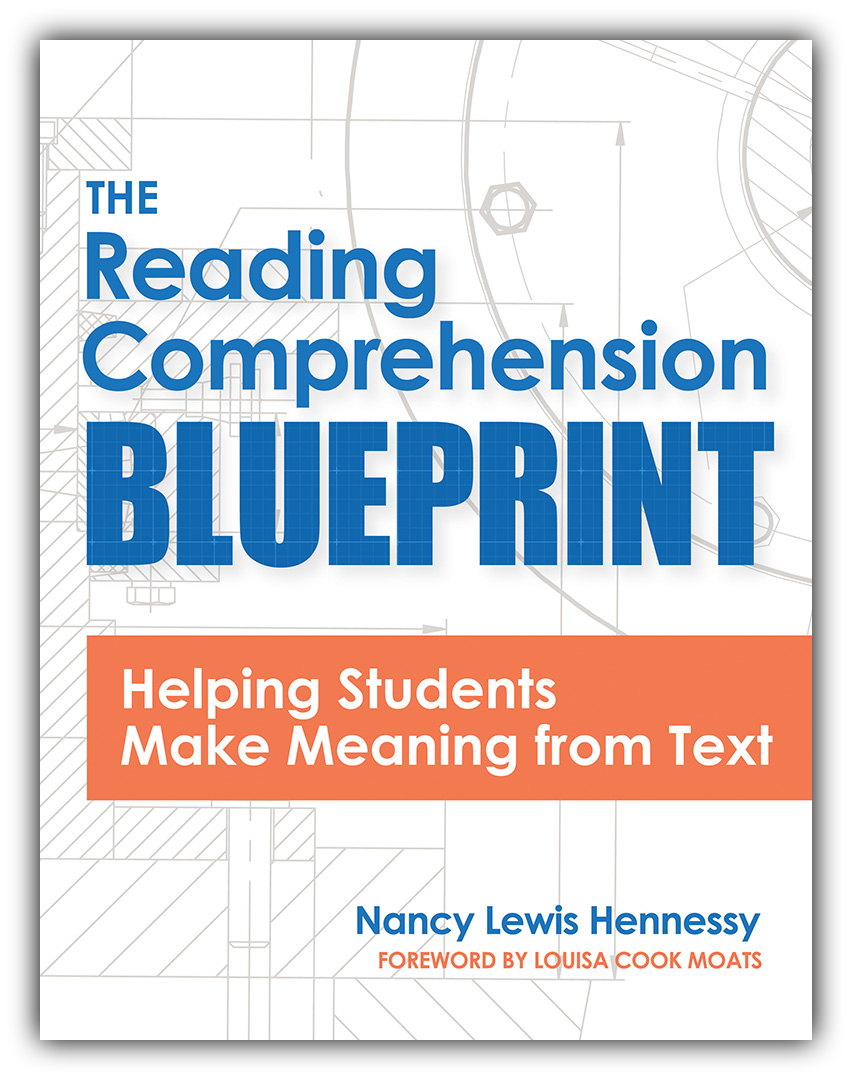


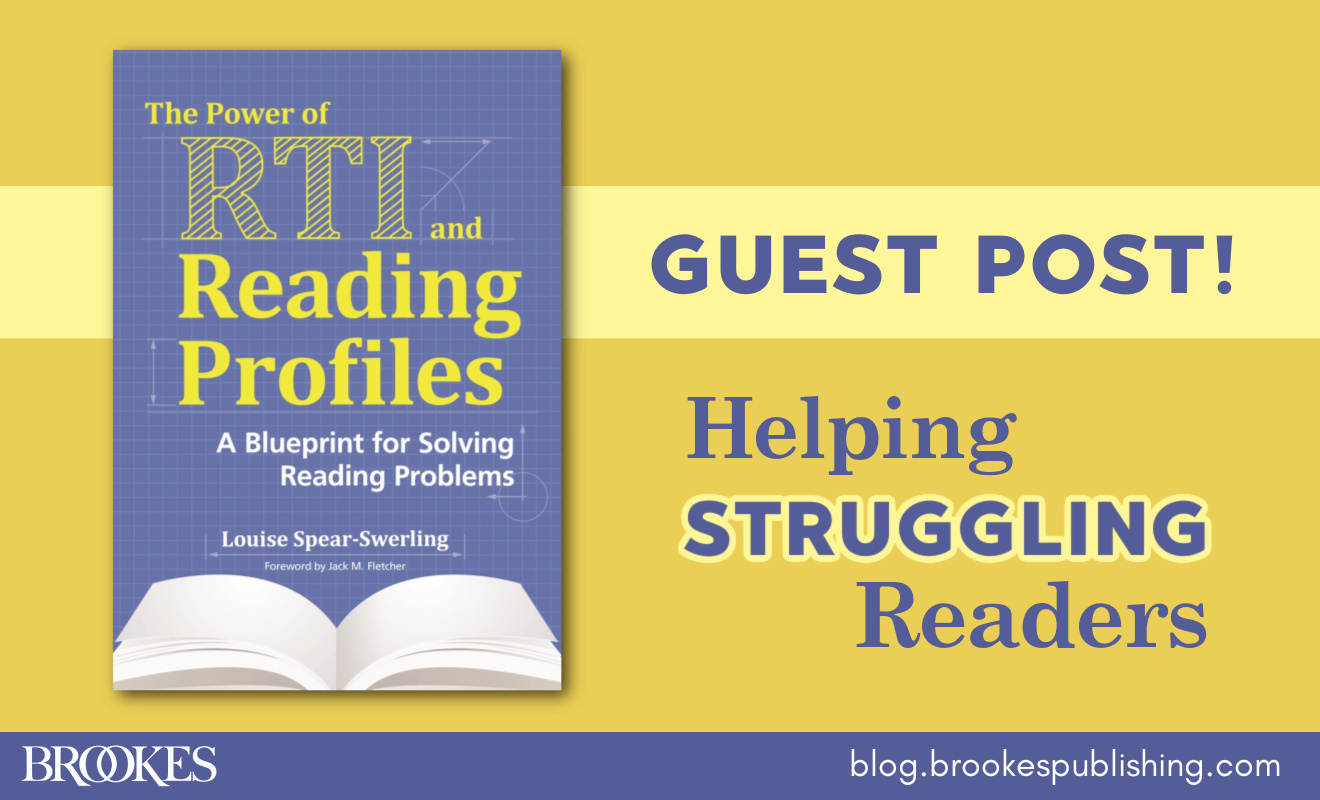
Write a Comment
Your email address will not be published. Required fields are marked *
Post a Comment